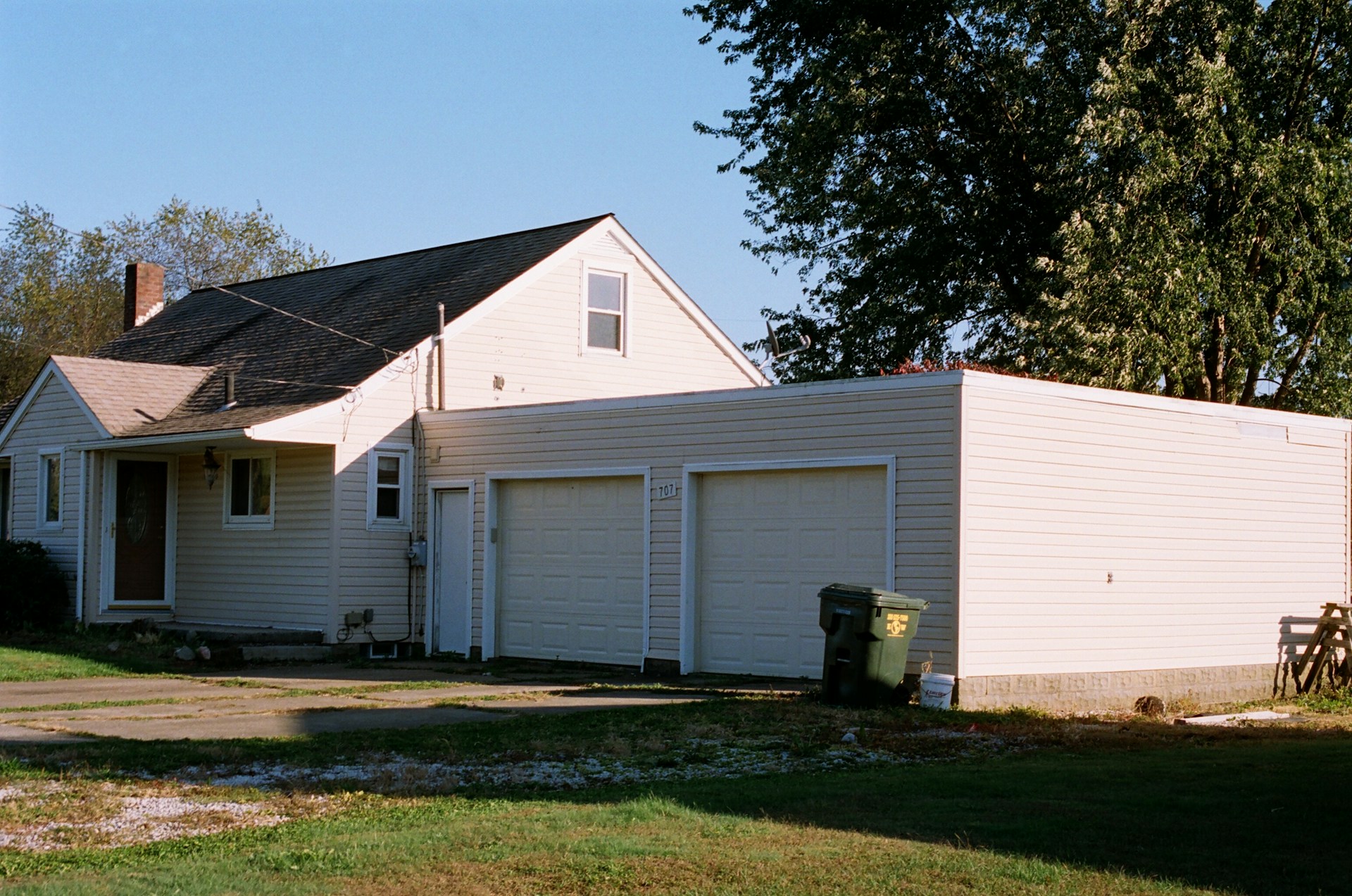5 Key Benefits Of Investing In Multi-Family Real Estate
Investing in multi-family real estate has become increasingly attractive in today's dynamic housing market. As of early 2025, the U.S. multifamily sector demonstrates resilience amidst economic fluctuations. According to CBRE, the average multifamily vacancy rate is projected to end 2025 at 4.9%, with an anticipated annual rent growth of 2.6%.
This stability is underpinned by strong renter demand, driven by factors such as population growth, urbanization, and the rising unaffordability of homeownership due to elevated mortgage rates.

Notably, in March 2025, the national median rent for one-bedroom apartments stands at $1,524, while two-bedroom units average $1,905, reflecting year-over-year increases of approximately 2.5% and 3.1%, respectively.
These trends underscore the enduring appeal of multi-family investments, offering consistent income streams and potential for long-term appreciation in a market characterized by robust demand and constrained supply
Strategies for Maximizing Returns in Multi-Family Real Estate Investments
Investing in Multi-Family Homes offers a robust avenue for generating consistent income and building long-term wealth. To optimize returns, investors must employ strategic approaches that enhance property value, increase cash flow, and mitigate risks. We will explore five key strategies to maximize returns in multi-family real estate investments.
1. Prioritizing Location and Market Analysis
The adage "location, location, location" holds paramount importance in real estate investing. Selecting properties in high-demand areas with strong economic fundamentals can significantly impact occupancy rates and rental income.
- Demographic Trends: Analyze population growth, employment opportunities, and income levels in the target area to ensure a steady pool of potential tenants.
- Local Amenities: Proximity to schools, healthcare facilities, public transportation, and shopping centers enhances a property's appeal.
- Market Comparisons: Evaluate comparable properties to understand prevailing rental rates and identify opportunities for competitive positioning.
Conducting thorough market research enables investors to make informed decisions, reducing the likelihood of vacancies and ensuring sustainable cash flow.
2. Implementing Value-Add Strategies
Enhancing the intrinsic value of a property through strategic improvements can lead to increased rental income and property appreciation.
- Renovations and Upgrades: Modernizing units with updated kitchens, bathrooms, and energy-efficient appliances can justify higher rents and attract quality tenants.
- Adding Amenities: Introducing features such as fitness centers, communal spaces, or enhanced security systems can increase tenant satisfaction and retention.
- Operational Efficiency: Streamlining property management processes and reducing operational costs can improve net operating income.
By focusing on properties with potential for improvement, investors can achieve higher returns through increased rental income and property appreciation.
3. Utilizing Tax-Efficient Investment Strategies
Leveraging available tax benefits can significantly enhance the profitability of multi-family real estate investments.
- Cost Segregation Studies: This approach accelerates depreciation deductions by reclassifying property components, reducing taxable income in the early years of ownership.
- 1031 Exchanges: Allows investors to defer capital gains taxes by reinvesting proceeds from a property sale into a similar property, facilitating portfolio growth without immediate tax liabilities.
- Real Estate Professional Status (REPS): Qualifying as a real estate professional enables investors to deduct rental losses against other income, maximizing tax efficiency.
Consulting with tax professionals can help investors navigate these strategies effectively, ensuring compliance and optimization of tax benefits.
4. Exploring Alternative Investment Avenues
Diversifying within the real estate sector by exploring alternative investment avenues can uncover opportunities for higher returns.
- Private Lending: Acting as a private lender to other real estate investors can yield double-digit returns, offering a passive income stream.
- Build-to-Rent (BTR) Strategy: Constructing new properties specifically for rental purposes allows for customization to market demands and can result in consistent cash flow.
- Adaptive Reuse Projects: Converting existing structures, such as warehouses or office buildings, into residential units can be a cost-effective way to enter desirable markets.
By considering alternative strategies, investors can tap into niche markets and potentially achieve higher returns compared to traditional investment approaches.
5. Engaging Professional Property Management
Effective property management is necessary for maintaining property value, ensuring tenant satisfaction, and optimizing financial performance.
- Tenant Relations: Professional managers handle tenant inquiries, disputes, and lease renewals, fostering positive relationships and reducing turnover.
- Maintenance and Repairs: Regular upkeep and prompt attention to repairs preserve property condition and tenant satisfaction.
- Legal Compliance: Experienced managers ensure adherence to local laws and regulations, mitigating potential legal issues.
While property management services incur costs, their expertise can lead to higher occupancy rates and overall profitability.

Endnote
Multi-family real estate is also benefiting from advances in PropTech, including automated tenant screening, digital leasing platforms, and real-time maintenance tracking-tools that can improve operational efficiency and tenant experience.
As green building regulations expand, properties that meet energy efficiency standards may become more competitive and command premium rents. Looking ahead, investors who integrate innovation with solid fundamentals will be best positioned to thrive in the evolving rental housing market.
Published 3/28/25